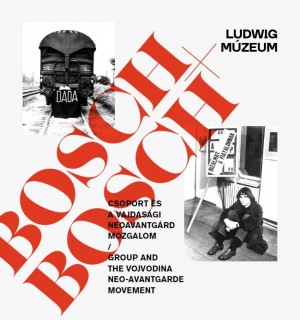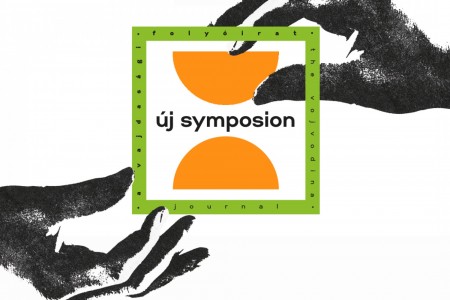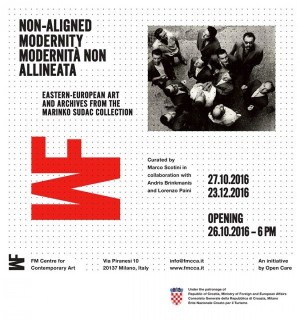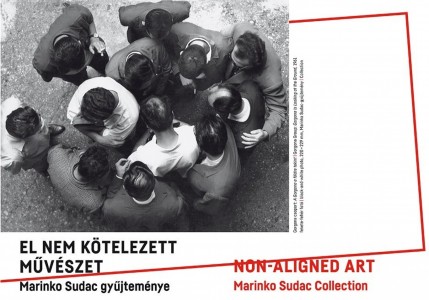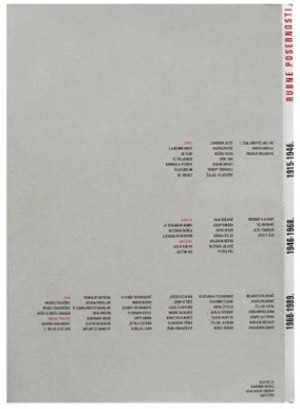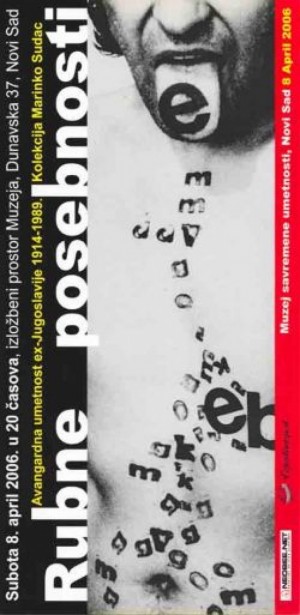LÁSZLÓ KEREKES
Biografija
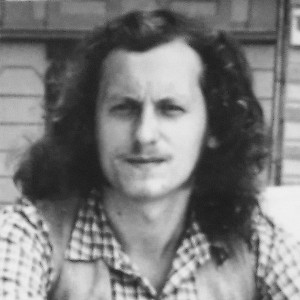
Ex Jugoslavija
1968-1989
László Kerekes was born in 1954 in the village of Bácskossuthfalva (Stara Moravica, Vojvodina, Serbia). He passed away in 2011 in Berlin.
He was a multimedia and performance artist, the pioneer of trans-avant-garde painting in Yugoslavia. He joined the Bosch+Bosch Group upon Szombathy’s invitation in 1971 and remained a member until 1975. From 1988 he lived and worked in West Berlin. On his fiftieth birthday, in 2004, he symbolically withdrew from public appearances as an artist.
From 1976 until 1982 he travelled through Asia, Europe and Africa. In 1980 he graduated as a conservator at the Academy of Arts, Belgrade. In 1984 he became the graphic designer of Új Symposion, the avant-garde journal of Vojvodina for a one-year term. Director Aleksandar Davić of Novi Sad made a video portrait of him (Novi Sad TV, 1985).
Simultaneously with his art conservation studies in Belgrade, he gradually abandoned the immaterial devices of linguistic expression and delved into painting, leaving the Bosch+Bosch Group. Following his emigration to Berlin, his art was once again infused with a multimedia approach.
From 1993 he was an active member of the Artists’ Museum movement initiated by Emmett Williams. He donated twelve mixed media works to the Zitzer Spiritual Republic founded in Oromhegyes (Trešnjevac, Vojvodina) under the condition that after a week on display they are placed in the Underground Museum of Freedom, in other words, buried underground.
In 2005 he introduced a wide-angle digital camera obscura suitable for art photography, which he had not only invented but also engineered. Filmed with his perfected digital camera, the first short motion picture ever to be recorded without a lens was screened at the opening ceremony of the Berlinale Directors Lounge experimental film festival (Berlin, 2007).
His principal themes in the first half of the ’70s were records of traces, interventions and imprints related to land art. When the Palić and Krvavo Lakes next to Subotica were drained in 1972, he made a "landscape correction" by drawing stripes, signs defined according to his coordinate system, into the bottom of the lake. At the same time, his activities included mail art, xeroxed electrography, experimental film and actions inspired by Fluxus. In 1971, a number of his experimental comics and typewritten concrete poems were published in the journal Új Symposion.
Projekti u kojima su izlagani radovi
umjetnički utjecaji
LÁSZLÓ KEREKES utjecao je na:
Ex Jugoslavija
1968-1989
Ex Jugoslavija
1968-1989
Ex Jugoslavija
1968-1989
Ex Jugoslavija
1968-1989
Ex Jugoslavija
1968-1989
STUDIO-KAPELICA GYÖRGYJA GALÁNTAIJA
Mađarska
1968-1989
Na LÁSZLÓ KEREKES utjecali su:
Ex Jugoslavija
1968-1989
Mađarska
1915-1946
Ex Jugoslavija
1968-1989
Ex Jugoslavija
1915-1946
Ex Jugoslavija
1968-1989
Ex Jugoslavija
1968-1989
Ex Jugoslavija
1968-1989
Ex Jugoslavija
1968-1989
Ex Jugoslavija
1968-1989


